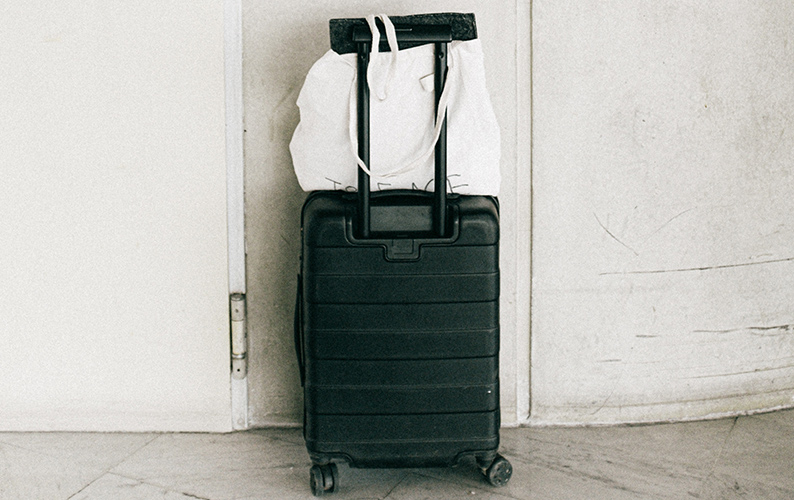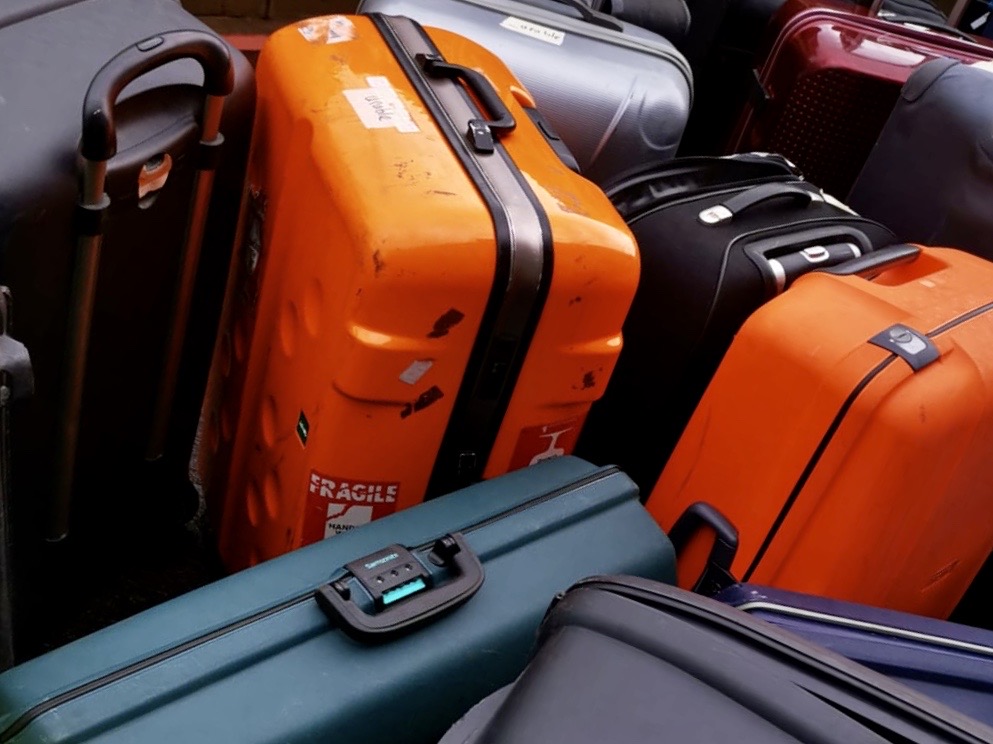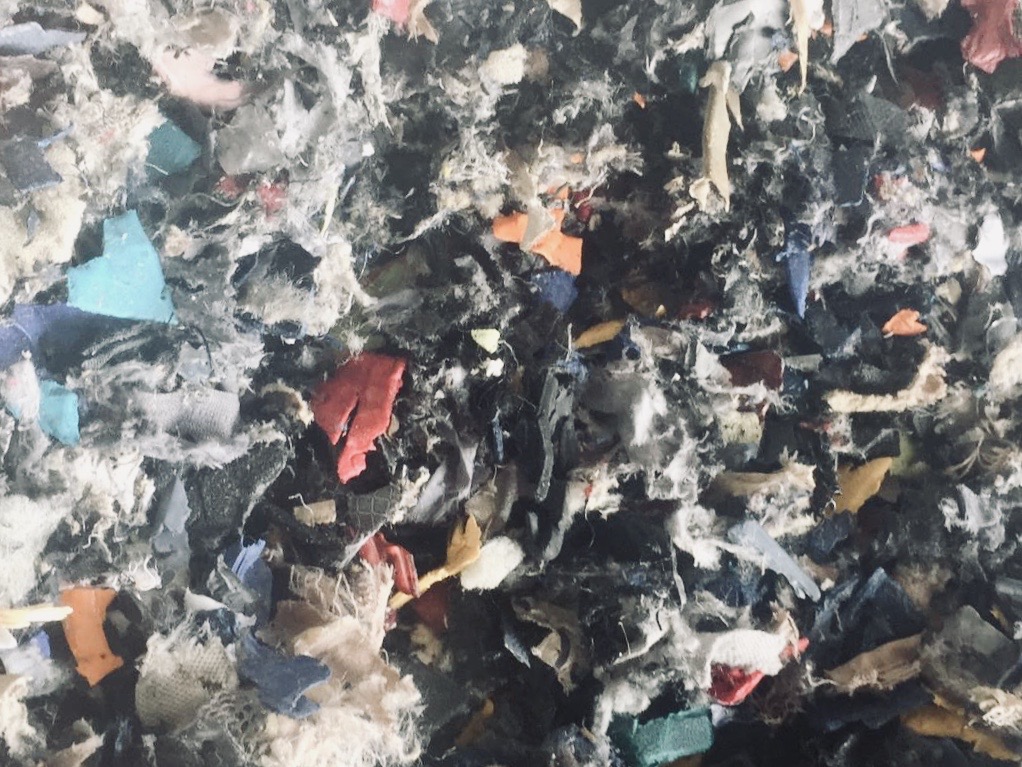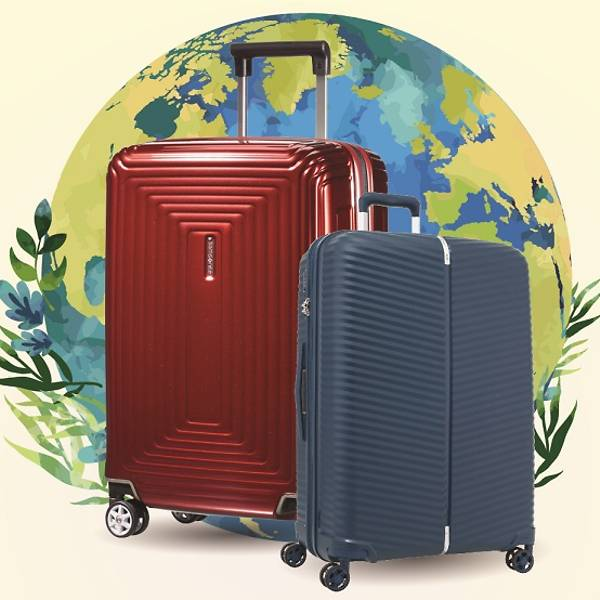Recycling Suitcases into NewOil with Samsonite
28 Jun, 2020 9:54 AM / by Leon Traazil
LUGGAGE MARKET
Despite the situation that we are faced with at the moment with the travel industry almost grinding to a halt due to the COVID-19 situation, one thing is for certain, every economy is going to push for essential travel at the very least. Many however, do remain optimistic about the pandemic and that travel being inevitable, will pick up again. We now know the numbers when it comes to air travel in particular, with many airlines struggling to stay afloat. But the global luggage market in itself is a big one, valued at about US$22.11B.
The average lifespan of a single luggage bag is debatable, some can last for a very long time, but these days, we see luggages being changed or purchased because of so many reasons:
- My first luggage – this could be your first flight ever and this is your entry point into this huge global luggage market.
- Lost luggage – 25 million luggages are lost every year. It’s no wonder the global luggage market is that big.
- Damaged old luggage – inadvertently, they do wear and tear, and this is whether you are a frequent traveler or not.
- Different sizes of luggages – whether it’s long haul or short haul, there really isn’t a one size fits all, especially when regulations change over time and limits come into play.
- Different types of luggages – check in or hand-carry.
- Updated luggage – luggages in the past were more sturdy and could protect almost any content. Due to changing baggage limits, older ones may be more heavy and eat into one’s limits, so a refresh is in order.
- Trendy or Stylish luggages – perhaps the most deadly to luggages, is a change because it not longer evokes the same excitement when traveling.
As with many products, luggage retail which includes baggage, bags, cases, containers, etc that holds a traveler’s articles, belongings, necessities and the like, has shifted from being a practical product to one that exudes fashion and style as well. What happens to the old ones?
LUGGAGES
These days luggages are made out of many different materials:
- ABS – Acrylonitrile Butadiene Styrene is usually combined with other materials to make a strong suitcase. It is affordable but other stronger materials like polycarbonate mix with it to produce a much stronger suitcase.
- Polycarbonate – It is resistant to impact and flexes upon pressure from other suitcases but will not break. It is also very lightweight which makes it almost the perfect material for suitcases.
- Polypropylene – This is the lightest of all the materials and flexible so it can help provide protection for your contents. Being very light, it does travel well and fast becoming one of the materials of choice.
- PVC – Polyvinyl Chloride has the least impact resistance than any other material but the biggest benefit is it’s very cheap and makes for a good option while on a budget.
- Others – There are other soft suitcases or travel bags that are made of other things like fabric but are mostly for hand carry or to carry non-fragile content.
COMMON LUGGAGE
So aside from the material difference what do these luggages have in common?
- Whichever material they are made out of, they are all made up of mostly plastic.
- There are other components to a luggage like the handle, retractable handle bar, fabric pockets inside, zippers, wheels, rollers and more.
- Because they are made of so many different types of materials, it makes them difficult to recycle because they have to be dismantled before they are separated. This can be time and labor intensive.
- Due to the confusion of the various components, more often than not, they are thrown away and will end up as part of our landfills.
SAMSONITE & ENVIRONMENTAL SOLUTIONS (ASIA)
|
Samsonite, one of the largest luggage companies in the world, makes the majority of its sales through its travel products. As a global leader, Samsonite runs an annual luggage trade-in campaign. This year in conjunction with World Wildlife Fund for Nature (WWF), to raise awareness of environmental concerns in Singapore, Samsonite also partnered with Environmental Solutions (Asia) to ensure that the pre-loved (or used luggage) will be properly taken care of. Any pre-loved luggage that can be reused would be donated and the remainder would be properly recycled locally. |
This provided customers the incentive to purchase new luggage at a fraction of the cost, donate a portion to WWF and the ability to know exactly how their old luggages are truly recycled through Environmental Solutions (Asia). Plastic is a big waste problem in Singapore, as only 4% is being recycled annually. This partnership will be one of many to help solve this problem through chemical recycling to convert the plastic waste from old luggage without the need to be cleaned or overly sorted into NewOil.
The best part – all this is managed locally at our facility which means this is done at a lower carbon emissions cost to our planet and allows us to sustainably save waste from our landfills.
If you want to collaborate with Environmental Solutions (Asia) in a similar fashion or if you want to work with us to manage your waste, whether it’s packaging/plastic, wood or metals, please get in touch with us today.
Our past features:
- As previously featured on Channel News Asia, click here to read more.
- As previously featured on Straits Times, click here to read more.
- As previously featured on Pin Prestige, click here to read more.
- As previously featured on All Events In Singapore, click here to read more.
- As previously featured on ZaoBao, click here to read more.
- As previously featured on Buro, click here to read more.
- As previously featured on LinkedIn, click here to read more.
Topics: Corporate Social Responsbility, Environmental Offset, Packaging Waste, Reimagining Sustainability, Sustainability in Singapore
Written by Leon Traazil
Leon is the Head of Strategic Partnerships for Environmental Solutions (Asia).
